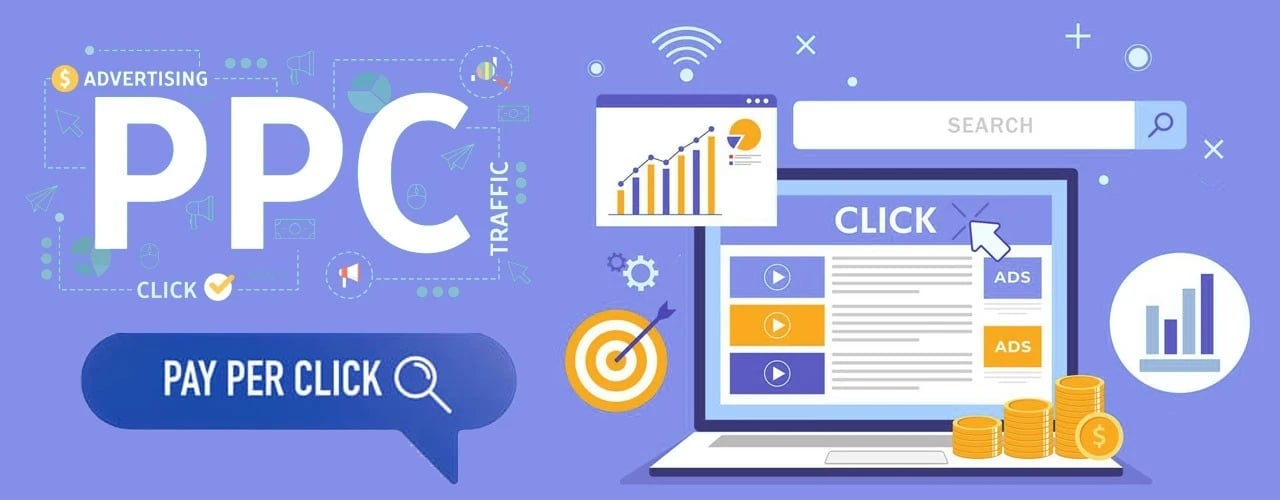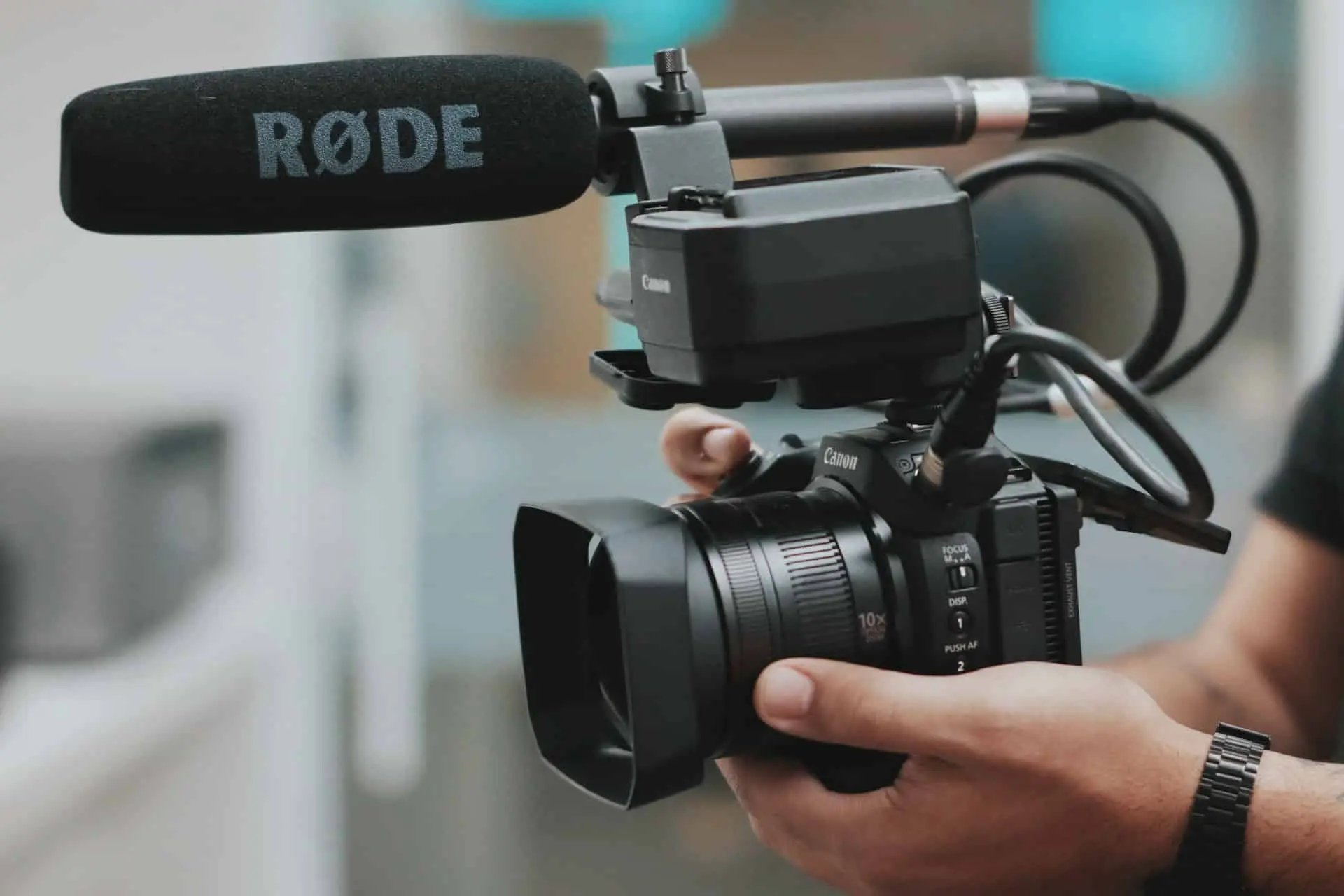
You’ve heard about Pay-Per-Click advertising and its potential to drive traffic and leads to your website, but where do you start? In this beginner’s guide, we will break down the key strategies and tips to help you achieve success with your PPC campaigns. From understanding keywords to crafting compelling ad copy, we’ll cover everything you need to know to attract more customers and grow your business. Let’s dive in and unlock the power of PPC advertising for your brand!
Setting Up for Success
Defining Your Target Audience
To ensure the success of your pay-per-click (PPC) advertising campaigns, it is crucial to define your target audience clearly. An understanding of who your ideal customers are will help you tailor your ad messaging and targeting effectively. Consider demographic factors such as age, gender, location, and interests. Additionally, research into psychographic details like lifestyle, values, and behavior to create compelling ads that resonate with your audience.
Identifying Your Unique Selling Proposition (USP)
With the fierce competition in the online space, identifying your Unique Selling Proposition (USP) is key to standing out and attracting customers. Your USP is what sets your business apart from the rest and communicates the value you offer to your target audience. Whether it’s exceptional customer service, high-quality products, or innovative solutions, clearly articulating your USP in your ad copy can help differentiate your business and compel users to click on your ads.
Identifying and highlighting your USP not only helps in capturing the attention of potential customers but also plays a vital role in increasing conversions. By clearly showcasing what makes your business unique and emphasizing the benefits of choosing your products or services, you can drive more qualified leads to your website and ultimately boost your ROI from PPC advertising.
Choosing the Right Platform
Google Ads vs. Facebook Ads: Which is Right for You?
Any successful pay-per-click advertising campaign starts with selecting the right platform for your business. Google Ads and Facebook Ads are two of the most popular choices, each offering unique advantages depending on your goals and target audience.
Google Ads is the go-to platform for businesses looking to capture potential customers at the moment they are actively searching for products or services. With Google’s vast reach and powerful targeting options, you can optimize your ads to appear in front of highly motivated leads, driving relevant traffic to your website. On the other hand, Facebook Ads excel in reaching a broader audience based on demographic and interest targeting. If your goal is to increase brand awareness or engage with customers on social media, Facebook Ads may be the better choice for your business.
Exploring Other PPC Platforms (Bing Ads, LinkedIn Ads, etc.)
To expand your reach and explore additional opportunities, consider delving into other pay-per-click platforms beyond Google and Facebook. Platforms like Bing Ads offer a unique audience, often at a lower cost-per-click than Google Ads, making them a viable alternative for businesses looking to maximize their budget. Similarly, LinkedIn Ads cater to a professional audience, making them ideal for B2B businesses or those seeking to connect with specific industries or job titles.
Another benefit of exploring other PPC platforms is the opportunity to diversify your advertising strategy and test different channels to see which ones yield the best results for your business. By experimenting with a mix of platforms, you can optimize your campaigns and reach a wider range of potential customers, ultimately driving leads and conversions for your business.
Crafting Compelling Ad Copy
Despite the vast amount of data and technology available in the world of pay-per-click advertising, the success of your campaign ultimately boils down to the quality of your ad copy. Crafting compelling ad copy is an art that requires a deep understanding of your target audience, a dash of creativity, and a strategic approach.
Writing Attention-Grabbing Headlines
Any successful pay-per-click ad starts with a captivating headline that grabs the attention of your potential customers. Your headline should be concise, relevant, and compelling, drawing the reader in and making them curious to learn more. Use action words, numbers, and keywords related to your business to make your headline stand out from the competition.
Creating Engaging Descriptions and CTAs
For your ad to be truly effective, the description and call-to-action (CTA) must also be engaging and persuasive. The description should succinctly communicate the value proposition of your product or service, highlighting what sets you apart from competitors. Your CTA should be clear, direct, and compelling, prompting the reader to take the desired action, whether it’s visiting your website, making a purchase, or contacting your business.
Plus, it’s crucial to ensure that your ad copy is aligned with the landing page it leads to. Consistency in messaging and visuals builds trust and encourages users to continue their journey from the ad to your website, increasing the likelihood of conversions.
Optimizing Ad Extensions for Maximum Visibility
On top of creating compelling ad copy, optimizing ad extensions can further enhance the visibility and impact of your pay-per-click ads. Ad extensions provide additional information and options for users, such as site links, call buttons, and location information, making your ads more engaging and informative.
Make sure to take advantage of all available ad extensions that are relevant to your business to provide potential customers with more ways to interact with your ad. By optimizing ad extensions, you can increase the real estate your ad takes up on the search results page, making it more visible and appealing to users.
Keyword Research and Strategy

Conducting Keyword Research: Tools and Techniques
One of the crucial elements of a successful pay-per-click (PPC) advertising campaign is conducting thorough keyword research. There are various tools and techniques available to help you identify the most relevant keywords for your website or business. Tools like Google Keyword Planner, SEMrush, and Arefs can provide valuable insights into search volume, competition levels, and potential target keywords.
Building a Keyword Strategy for Maximum ROI
For a beginner dipping their toes into PPC advertising, it’s crucial to build a solid keyword strategy that can maximize return on investment (ROI). This involves aligning your keywords with your business goals and target audience. By understanding the intent behind specific keywords, you can create targeted ads that resonate with potential customers and drive quality leads to your website.
It’s important to continuously monitor and refine your keyword strategy based on performance metrics like click-through rates (CTR) and conversion rates. By optimizing your keyword selection and bidding strategy, you can improve the overall effectiveness of your PPC campaigns and generate better results for your business.
Negative Keywords: What They Are and Why You Need Them
On the flip side of keyword research, negative keywords play a crucial role in refining your PPC campaigns. Negative keywords are terms for which you do not want your ads to appear. By incorporating negative keywords into your strategy, you can filter out irrelevant traffic and focus your budget on targeting qualified leads. This helps improve the efficiency of your campaigns and ensures that your ads are shown to the most relevant audience.
With the right combination of positive keywords, negative keywords, and a well-defined bidding strategy, you can fine-tune your PPC campaigns to attract high-quality traffic to your website and ultimately drive more conversions and leads for your business.
Bidding and Budgeting Strategies

Keep your Pay-Per-Click (PPC) Advertising: A Beginner’s Guide handy as we probe into the crucial aspects of bidding and budgeting strategies. These are crucial components that can make a significant impact on the success of your campaigns.
Setting a Budget That Works for You
An important step in PPC advertising is setting a budget that aligns with your business goals and financial resources. It’s crucial to strike a balance between investing enough to generate results and not overspending. Analyze your advertising goals, competition, and target audience to determine a budget that works for you.
Choosing the Right Bidding Strategy (CPC, CPA, etc.)
That said, choosing the right bidding strategy is crucial for optimizing your PPC campaigns. Cost-Per-Click (CPC), Cost-Per-Acquisition (CPA), and other bidding models offer different benefits depending on your objectives. Evaluate your campaign goals, target audience, and budget constraints to select a bidding strategy that aligns with your business needs.
Strategy plays a pivotal role in determining the success of your PPC campaigns. Understanding the nuances of each bidding strategy and how it can impact your ad performance is crucial for maximizing your return on investment.
Plus, keep testing and refining your bidding strategies to adapt to changes in the market and consumer behavior. Continuous monitoring and optimization are key to achieving maximum ROI and long-term success in your PPC advertising efforts.
Landing Page Optimization

Creating Landing Pages That Convert
That unlike a homepage, a landing page is specifically designed to convert visitors into leads or customers. When creating a landing page, it’s imperative to keep the design and messaging focused on the main goal, whether it’s collecting contact information, making a sale, or directing visitors to take a specific action. Clear and concise headlines, compelling visuals, and a strong call-to-action are key elements that can help improve conversion rates.
Optimizing Landing Page Elements for Maximum Conversions
Landing pages should have a clean layout that guides visitors’ attention towards the desired action. Elements such as headline, subheadline, images or videos, benefits of the offer, social proof, and a simple form can all impact conversions. A well-designed landing page that is easy to navigate and provides a seamless user experience can significantly increase the chances of visitors converting into leads or customers.
Landing page optimization involves continuously testing and refining various elements to improve performance. By using A/B testing, heatmaps, and other analytical tools, you can gather data on how visitors interact with your landing page and make data-driven decisions to enhance its effectiveness.
Mobile-Friendly Landing Pages: Why They Matter
That in today’s digital age, more and more people are using mobile devices to browse the internet and make purchases. Having a mobile-friendly landing page is crucial to provide a seamless experience for mobile users and maximize conversions. Mobile-responsive design ensures that your landing page looks and functions well on various screen sizes, improving user experience and reducing bounce rates.
The importance of mobile-friendly landing pages goes beyond just user experience. Search engines like Google prioritize mobile-optimized websites in their rankings, making it imperative for businesses to adapt to mobile trends to stay competitive in the online market.
Tracking and Measuring Success
Not sure if your pay-per-click (PPC) advertising efforts are paying off? Tracking and measuring success is crucial to understanding the effectiveness of your campaigns and making informed decisions moving forward.
Setting Up Conversion Tracking
Success begins with setting up conversion tracking. This allows you to track the actions visitors take on your website after clicking on your ads, such as making a purchase, filling out a contact form, or signing up for a newsletter. By monitoring these actions, you can determine which ads are driving valuable interactions and optimize your campaigns accordingly.
Measuring Ad Performance: Metrics That Matter
Any successful PPC campaign relies on measuring the right metrics to gauge performance accurately. Impressions, clicks, click-through rate (CTR), conversion rate, and cost per conversion are key indicators to monitor. These metrics provide valuable insights into the effectiveness of your ads, helping you identify areas for improvement and refine your targeting strategies.
Matter: It’s necessary to focus on the metrics that align with your campaign goals. For example, if your primary objective is to generate leads, tracking the cost per lead and lead conversion rate will be more relevant than simply monitoring website traffic.
Using Data to Optimize Your PPC Campaigns
Optimize your PPC campaigns by leveraging the data gathered from tracking and measuring your ad performance. Analyze the results to identify trends, patterns, and opportunities for optimization. Adjust your bidding strategies, ad copy, targeting parameters, and keywords based on the insights gained from the data to enhance the performance of your campaigns.
Setting: Successful PPC campaigns are continuously refined and optimized based on real-time data analysis. By leveraging data-driven insights, you can make informed decisions to maximize the return on investment and drive better results for your business.
Conclusion
To wrap up, mastering pay-per-click advertising is vital for any business looking to drive website traffic, generate leads, and ultimately acquire more customers. By following the tips and strategies outlined in this beginner’s guide, businesses can create successful PPC campaigns that yield positive results. Recall, continuous testing, monitoring, and optimizing are key components of a successful PPC strategy. With dedication and persistence, businesses can achieve PPC advertising success and see a significant impact on their online presence and bottom line.











